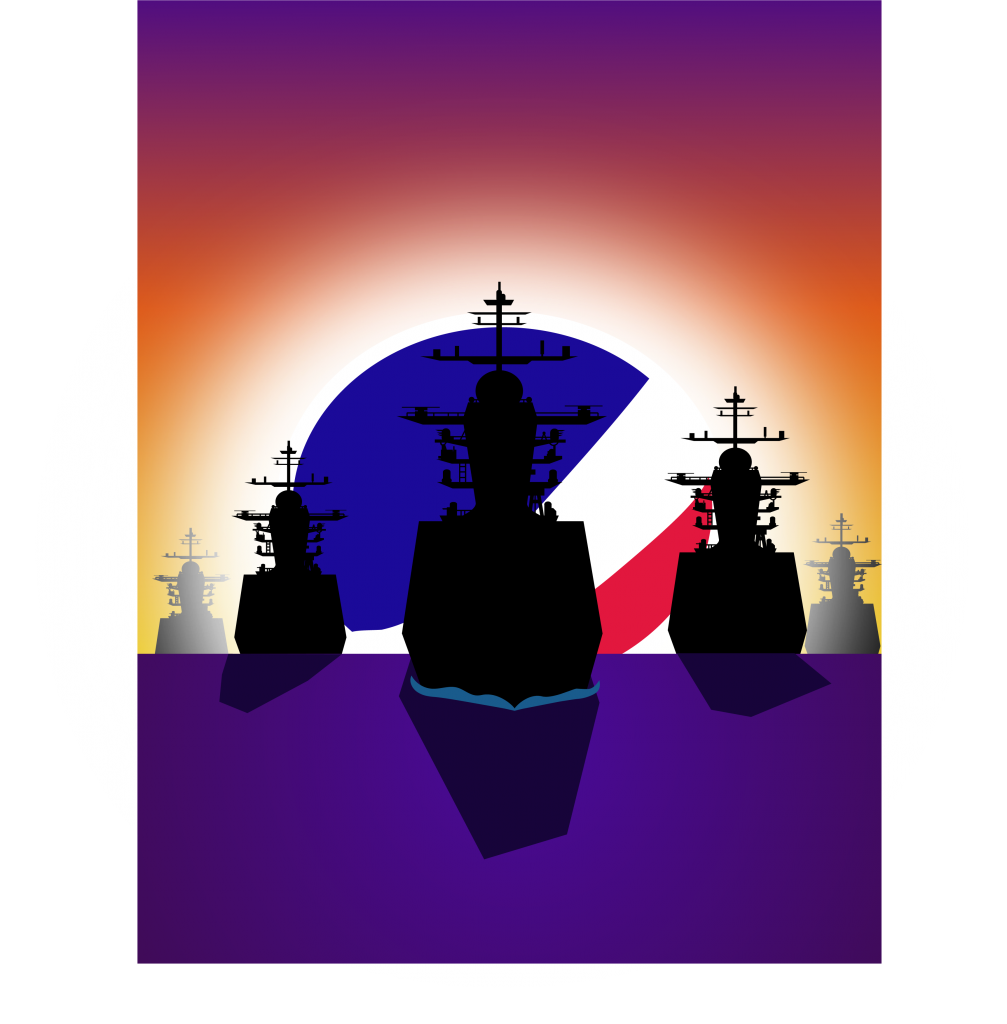COLD WAR, COLD DRINKS

The Cold War was a strange time of strained relations between the U.S. and the Soviet Union. With threats of a nuclear world war, with some politicians screaming for peaceful disarmament and others advocating for peace through strength (building more military might), it certainly was an intense few decades.
However, one of history’s most astonishing twists occurred, involving PepsiCo (then Pepsi-Cola) and the Soviet Union, which resulted in one the largest trade deals between the United States and the Soviet Union.
Pepsi’s first journey into the Soviet Union occurred as early as 1959 during the so-called “Kitchen Debate,” an informal verbal exchange between U.S. Vice President Richard Nixon and Soviet First Secretary Nikita Khrushchev on the merits of capitalism, vs. communism.
An executive from Pepsi, Donald Kendall, had challenged Nixon, telling him he “had to get a Pepsi in Khrushchev’s hands.” After the debate was finished, Nixon indeed served Khrushchev some Pepsi, and Khrushchev invited other key government members to enjoy some of the American soft drink. (Kendall would later become CEO of Pepsi.)
This exchange eventually led to some of the first trade deals between the Soviet Union and the U.S., allowing PepsiCo to sell their soft drinks inside the Soviet Union. However, the Soviet currency, the ruble, was not exchangeable outside the country, making the transaction rather tricky.
Eventually, Kendall negotiated an unusual trade arrangement where for each bottle of Pepsi exported to the U.S.S.R., the Soviet Union would trade one bottle of Stolichnaya vodka (not literally one-for-one, but a barter of equal value), with marketing rights for the vodka belonging to Pepsi.
The transaction deal ended up being lucrative, with each item growing popular in both countries. That said, Pepsi was vastly more popular in the U.S.S.R. than Stolichnaya was in the U.S.
This interesting trade did not last too long, due to outside political factors. When the Soviet Union invaded Afghanistan in 1979, the American market began to boycott the import of Soviet goods, including Stolichnaya vodka. The U.S.S.R. still wanted to continue trade with PepsiCo, but Pepsi did not see vodka as a fair trade due to low demand – and the ruble was still not tradeable.
Then in 1989, Pepsi and the U.S.S.R. came to make what would become the most valuable business trade between the United States and the Soviet Union in history: The Soviets would trade for Pepsi with military ships, valued at $3 billion.
The Soviets ended up trading to Pepsi 17 submarines, three warships, a frigate, a cruiser, and a destroyer, for Pepsi to sell for scrap to a Norwegian company, Whether the estimated value of the deal was from how much scrap money Pepsi received, how much Pepsi soda was delivered to the Soviets, or how much the combined ships were valued at the time is unknown.
Regardless, the trade was quite unusual. It is commonly said that for the brief time that Pepsi had control over the ships, the business had the sixth most powerful military worldwide, which sparked many jokes about how Pepsi was going to blow up its rival, Coca-Cola.
When U.S. military officials inquired about the transaction, Kendall is said to have made the witty comment, “We’re disarming the Soviet Union faster than you are [US Government].”
Amusingly, this proved quite true as the Soviet Union was dissolved in 1991, only two years after the unique transaction was made.

Leave a comment